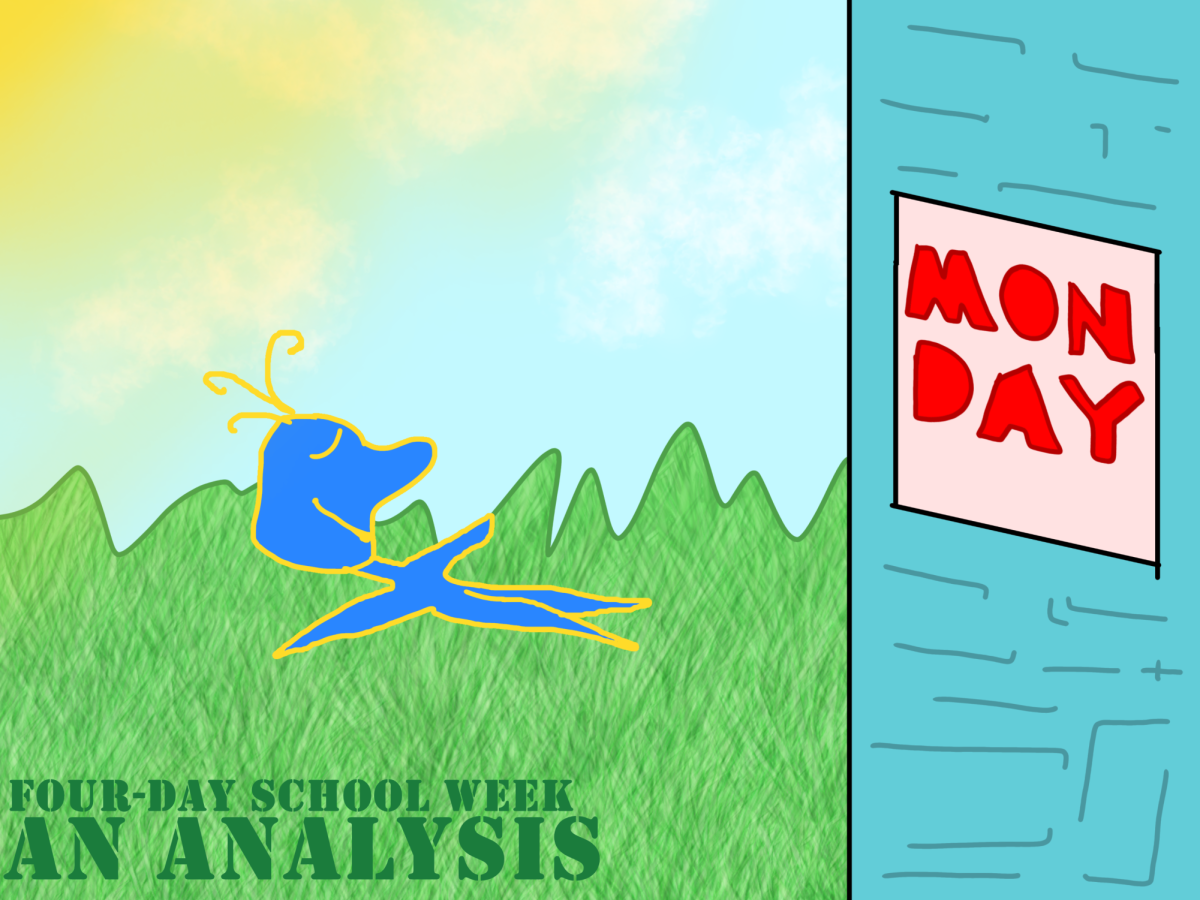“The U.S. is the second-largest emitter of CO2, with 5,032 million metric tons of total carbon dioxide emissions in 2021”. Indeed, according to an article in Investopedia, the US directly follows China in the list of the five countries that produce the most carbon dioxide.
The production of carbon dioxide has become something to avoid in recent decades because scientists have realized its destructive impact on the earth. In a mere 50 years, the amount of carbon dioxide parts per million on Earth almost doubled.
This increase is frightening. Greenhouse gasses (several gasses including carbon dioxide) are destroying our planet. They are called greenhouse gasses because they have the same effect on the earth as a greenhouse. This effect is called global warming.
In fact, those gasses act like a blanket wrapped around the Earth and they trap the sun’s heat. The atmosphere is then unable to release warmth in space which leads to a rise in temperature called global warming.
It has many awful effects on Earth because it disrupts the usual balance of nature. Wildfires are more likely to start and spread rapidly. There are changes in rainfall which lead to more severe and frequent storms destroying lives. Deserts are expanding, reducing land for growing food and the threat of the lack of water is now a real issue.
Marine and human lives near the ocean are exposed too. The ocean also absorbs carbon dioxide which makes it more acidic and endangers marine life. The more the temperatures increase, the more ice that melts. This consequence leads to two major issues: species extinction such as polar bears and the rise in sea level, threatening island communities.
The polar bears aren’t the only species suffering. According to the International Fund For Animal Welfare, “if global temperatures increase by 2°C by 2100, about 18% of all species on land will face a high risk of going extinct.”
Even human life is threatened. Changes in climate and weather prevent plants from growing, beginning a rise in hunger and poor nutrition. Those are also the reasons for the increase of disease and death, and make it difficult for healthcare systems not to be overwhelmed.
In short, climate change increases all of the bad factors acting on Earth. Our lives have been surrendered by bad habits and it’s our duty to change them. But how?
Manufacturing, deforestation, transportation, food, and especially over consumption are causes of global warming. However, they can easily be fixed and are already getting better in some countries that actually take the problem seriously.
In the US, many agencies have foreign partners and their goal is only to mobilize finance. USAID for example, raises funds to help partner countries conserve, manage, and restore globally important forests. EPA, the United States Environmental Protection Agency, provides financial support to build more resilient infrastructure, protect public health, etc.
Financial help is welcomed and necessary for other countries. However, the US is the second largest producer of carbon dioxide, isn’t it time to focus on the problems within the country?
Why are plastic straws still on the market? Why are we still utilizing fans in almost every room? Why does the school system produce so much plastic waste for student lunches? These habits have to change.
First of all, the US is the principal country known for over consumption. As stated by Business Insider, “Over the years, the most significant observation has been that the US has much more substantial portion sizes than the rest of the world.” This observation is followed by the huge obesity rate. Indeed, according to the Food Research and Action Center, 39.6% of US adults are obese. This amount directly affects people’s health in addition to destroying the planet.
Fighting against over consumption can be easy. The important thing is to control it by planning purchases, repurposing and reusing existing items, and minimizing waste. When you throw food away, you’re also wasting the resources and energy that were used to grow, produce, package, and transport it.
Additionally, the methods of transportation need to be reconsidered. I’m aware that traveling on foot or by bike is not an applicable solution here. However, public transport is a priority to develop. In the meantime, the options of carpooling and favoring electric cars are available.
The last biggest important issue is about quality, production, and waste of food. To limit long transportation and to protect your health, you must favor places like Farmer Markets where the products are local. We must limit meat consumption. This is not to say that you should become vegetarian, however, open your eyes to livestock’s impact on the environment. It’s good to remember that each time you waste food, all the energy used to bring it to you is lost.
I’m aware that those things can be complicated to do. However, it’s our duty to take it into account because it’s our duty to save our planet. It’s the only one we have and we will die if we don’t take care of it.













